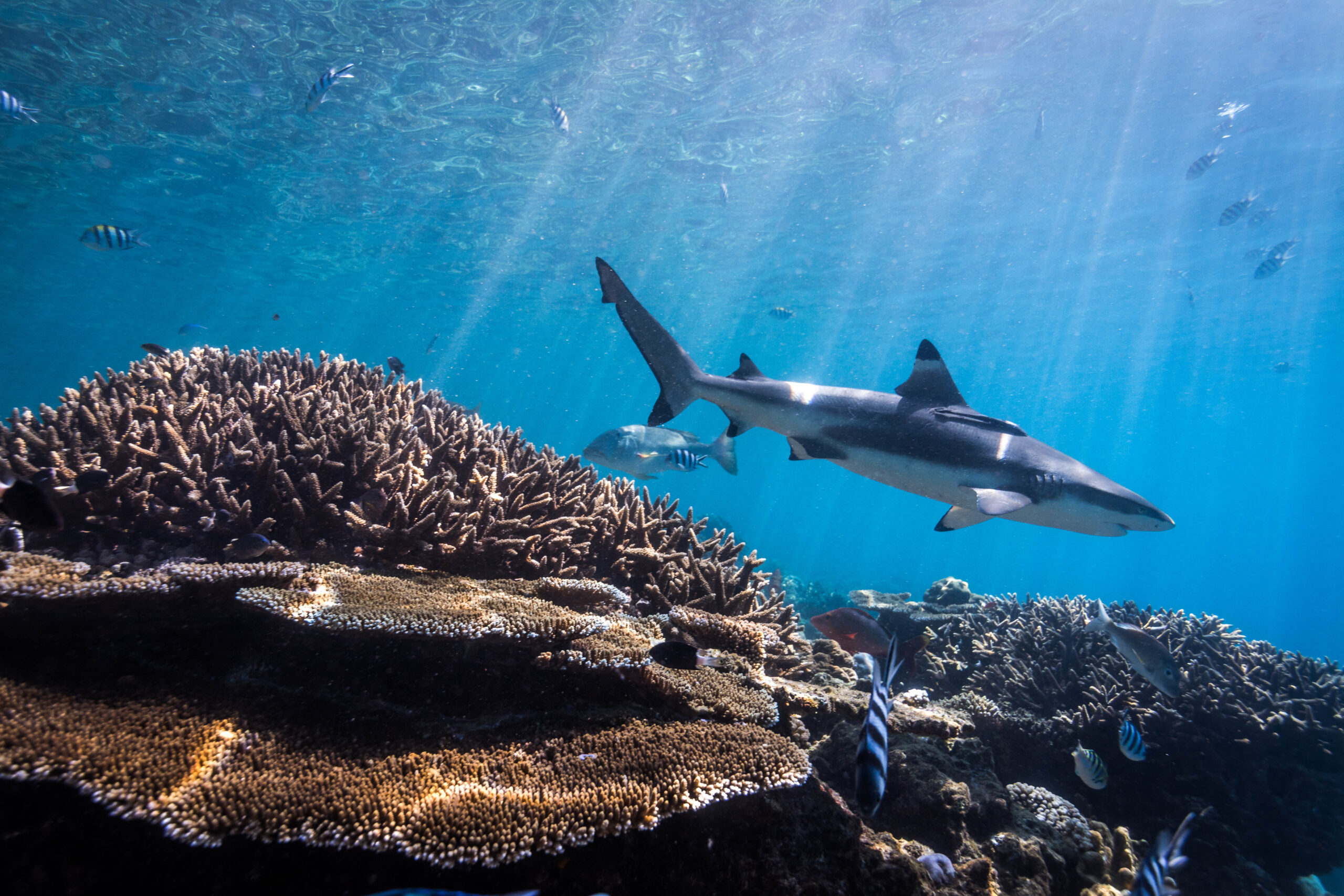Dr. Graham Edgar and his 24 co-authors stirred up the marine conservation world with their recent article in which they review 87 MPAs at 964 sites (in 40 countries) around the world using data generated by the authors and trained recreational divers. Their overall conclusion is that global conservation targets for the Convention on Biological Diversity, that are solely based on the area of MPAs, do not optimize protection of biodiversity.
They found that effective MPAs (measured by biodiversity, large fish biomass, and shark biomass) needed to have 4 or 5 of the following characteristics: no-take, well enforced, >10 years old, >100 km2 in size, and be isolated by deep water or sand. Only 9 of the 87 MPAs had 4 or 5 of those characteristics, most of the remainder of MPAs were ecologically indistinguishable from non-MPAs. The authors hope that reserves that are serious about biodiversity outcomes will adopt the 5 characteristics (when possible) and quickly see a rapid increase in the potential of a site to have regionally high biomass and species numbers.
Author: Edgar, G.J., R.D. Stuart-Smith, T.J. Willis, S. Kininmonth, S.C. Baker, S. Banks, N.S. Barrett, M.A. Becerro, A.T.F. Bernard, J. Berkhout, C.D. Buxton, S.J. Campbell, A.T. Cooper, M. Davey, S.C. Edgar, G. Försterra, D.E. Galván, A.J. Irigoyen, D.J. Kushner, R. Moura, P.E. Parnell, N.T. Shears, G. Soler, E.M.A. Strain, and R.J. Thomson
Year: 2014
View Full Article
Nature 506: 216–220. doi:10.1038/nature13022


